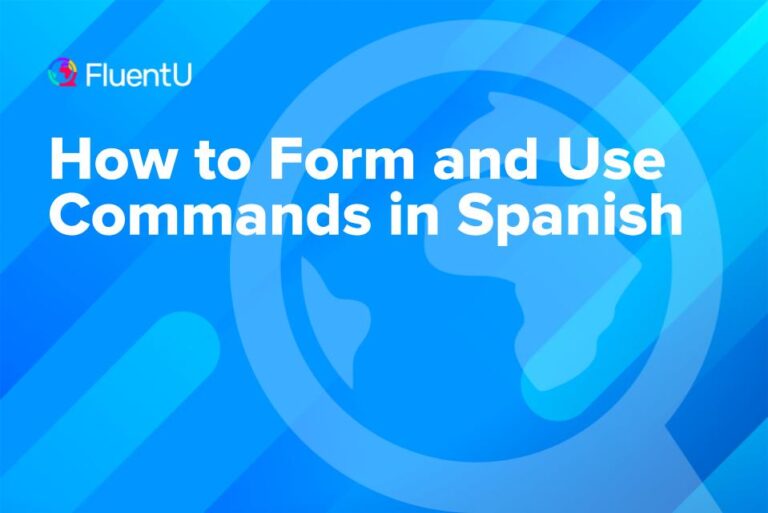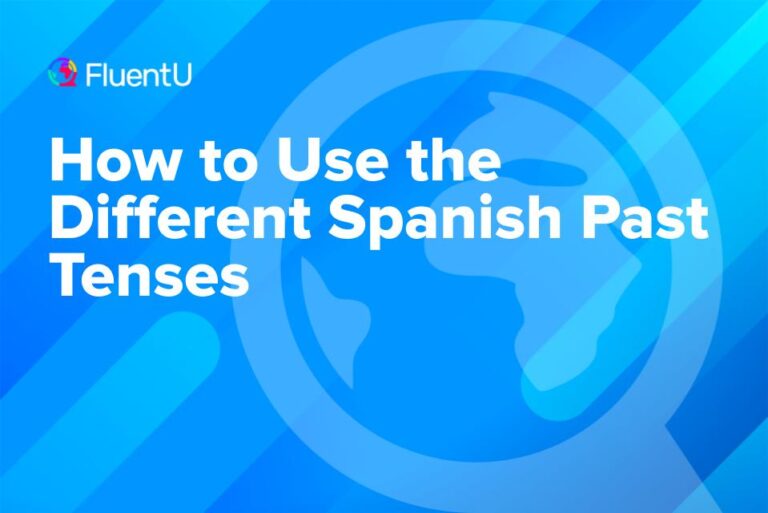
FluentU Language Learning
Spanish
English
French
Chinese
German
Japanese
Russian
Italian
Korean
Portuguese
English for Spanish Speakers
English for Japanese Speakers
English for Russian Speakers
English for Korean Speakers
English for Portuguese Speakers
English for Chinese Speakers
English for Italian Speakers
Educator
Spanish Educator
English Educator
French Educator
FluentU Company Updates
Reviews
Parts of Speech
Sentence Structure
Tenses and Conjugation
Tenses and Conjugation

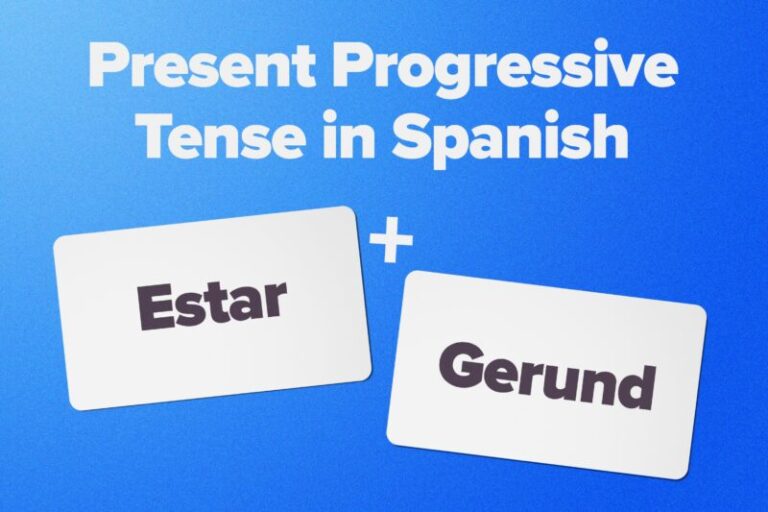
Using the Present Progressive in Spanish
We use the Spanish present progressive to talk about what we’re doing right now.You form it by conjugating estar (to…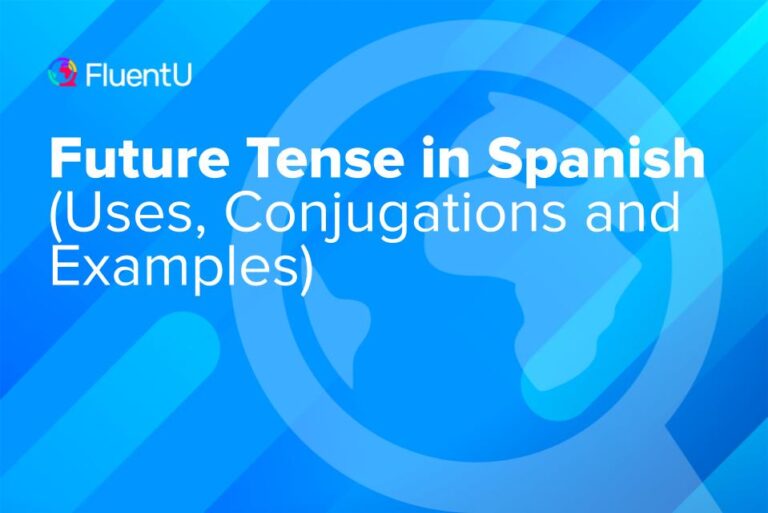
Future Tense in Spanish (Uses, Conjugations and Examples)
The simple future tense in Spanish is formed by taking the infinitive form of the verb and adding one of…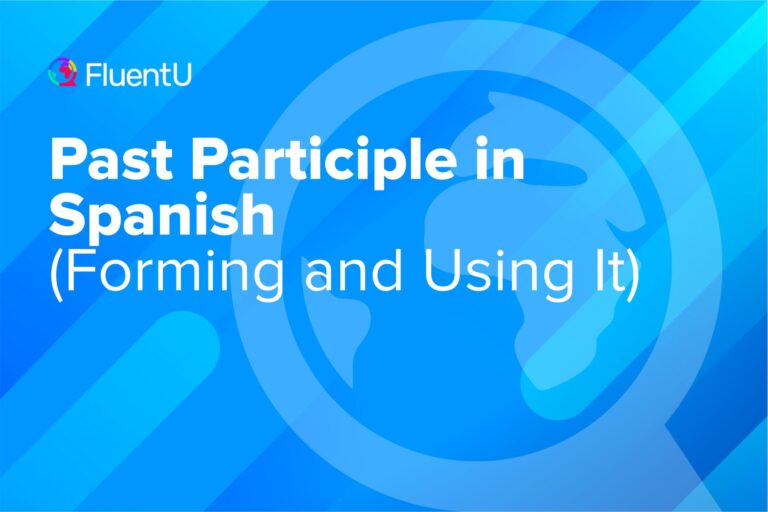
Past Participle in Spanish (Forming and Using It)
The past participle is a versatile verb form in Spanish, typically formed by adding -ado or -ido to the verb…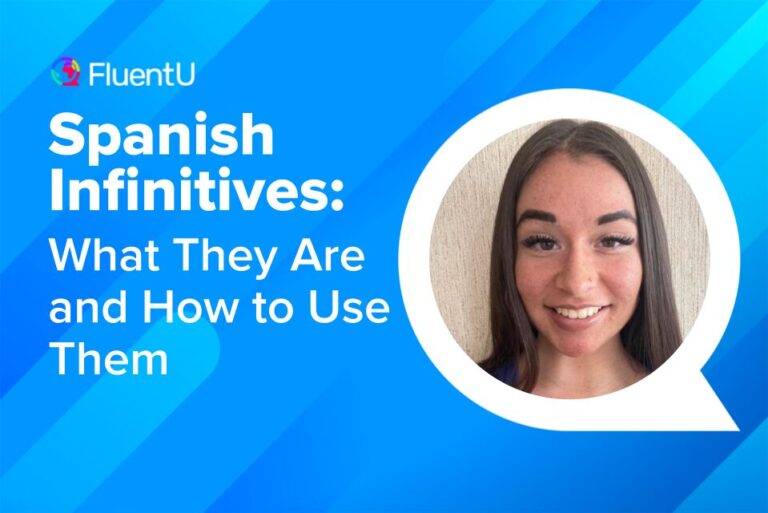
Spanish Infinitives: What They Are and How to Use Them
Spanish infinitives—also known as “dictionary form” verbs—are verbs that end in -er, -ar or -ir. They’re the verbs before the…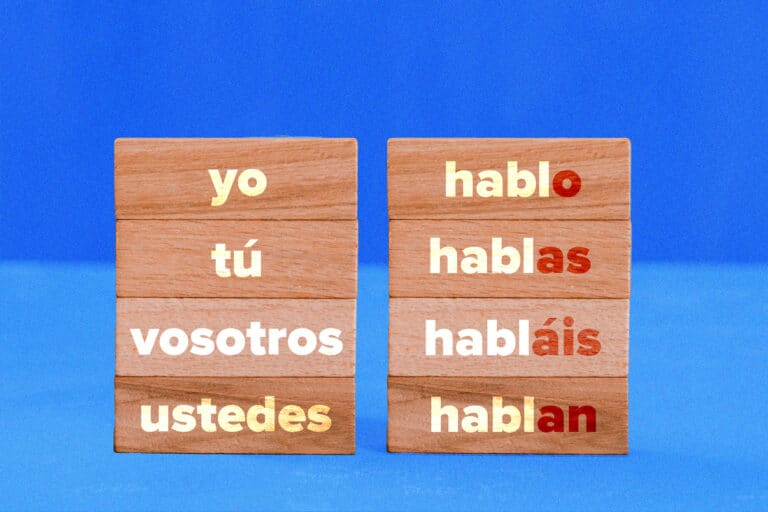
Understanding Spanish Verb Conjugation
Spanish verbs change a lot more than English verbs. They change endings (and often stems, too) according to who is…
How to Use the Present Perfect in Spanish
The Spanish present perfect tense is used to describe actions that happened in the past but affect the present. For…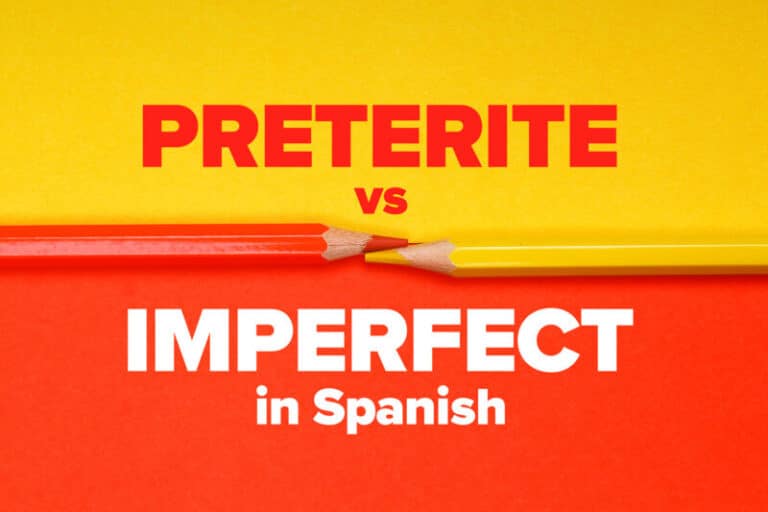
Preterite vs Imperfect in Spanish
When talking about the simple past in Spanish, you have two main choices: the preterite and the imperfect tense. The…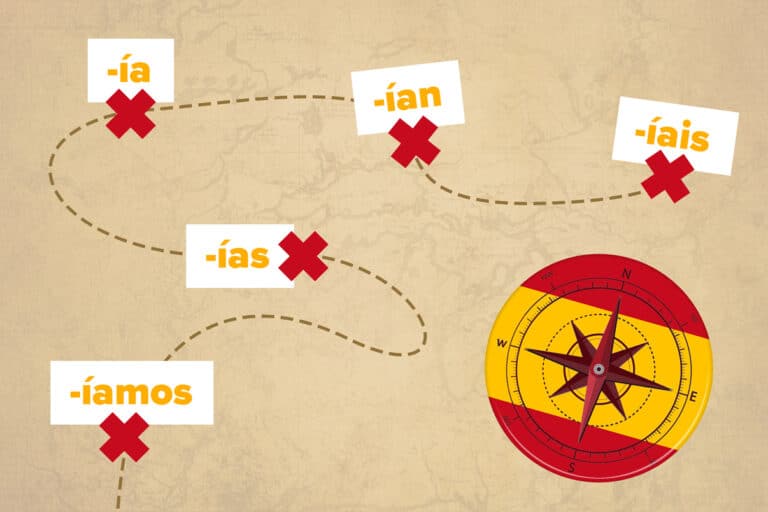
How to Form and Use the Spanish Conditional Tense
How much time do you spend talking about things that could have happened, or things that could still happen in…